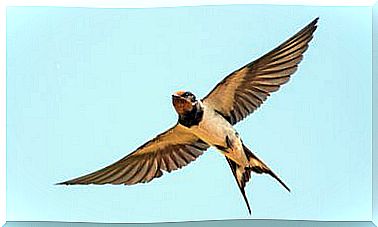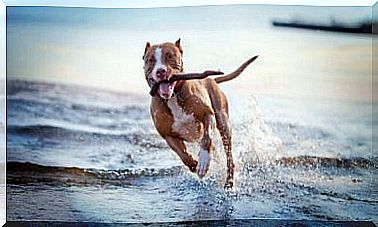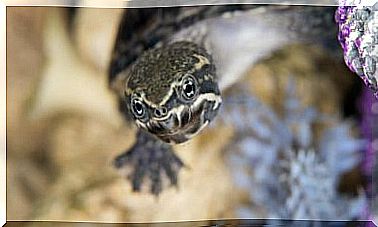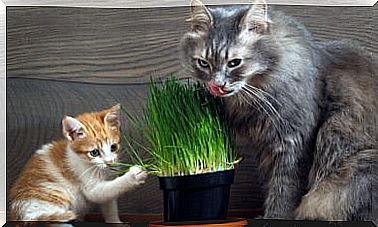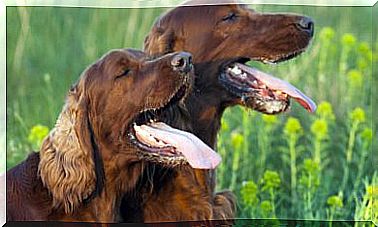How To Start A Diet In Cats?
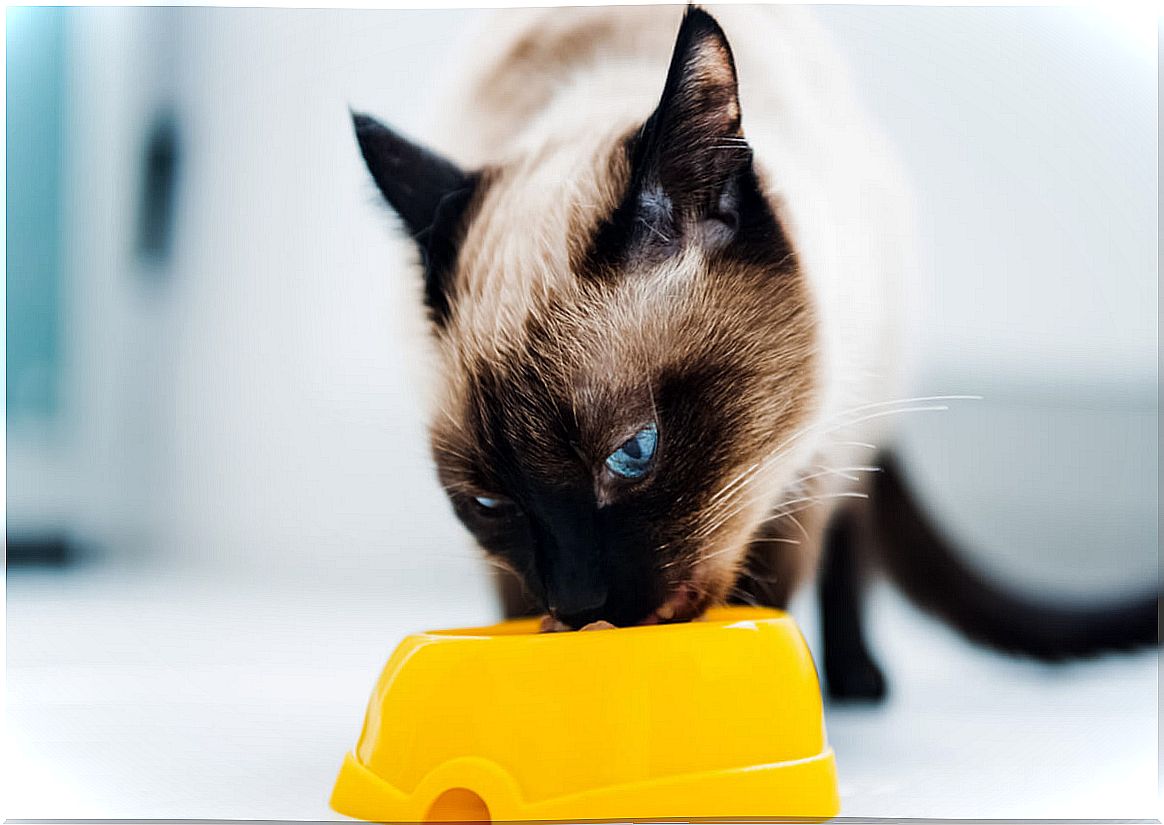
Throughout a pet’s life stages, the guardian may need to adjust its diet to meet its different nutritional and energy requirements. A kitten, a senior cat or a pregnant cat do not have the same needs and, therefore, their diet is moderately different.
Being clear about this concept helps us keep pets healthy, at their ideal weight and without health problems associated with obesity. Starting a new diet for a cat may not be easy, but here are a few tips to help you. Do not miss them.
1. Know the ideal weight of your cat
The ideal weight of the feline depends on several factors: size, age, breed and sex, among others. The vet can give the guardian an idea of the kilograms that the cat should reach and not exceed.
To know if an animal is at its corresponding weight, you can be guided by its body condition. To do this, you need to pay special attention to the contour and proportion of your body:
- Look at the silhouette of the cat. Is it too round? Is there a clear contrast between the legs and the torso?
- If you can guess the ribs, it is likely that the cat is at its normal weight and if they are very marked, the animal may have a lower weight than it should. On the contrary, if you can neither see nor touch the ribs easily, the feline is most likely slightly overweight.
- A cat at its ideal weight has a noticeable waistline, with little abdominal fat. When the waist is barely visible and the abdominal fold is absent – due to the large deposits of accumulated abdominal fat – the cat is obese.

2. Control the amount of food
Knowing the ideal weight of the feline in each case is very important to know how much food can be given to the pet. On the back of each feed bag you can find a table that indicates the appropriate daily ration for the kilograms that the animal weighs.
You must be guided by the ideal weight to choose the correct portion. Do not feed for the current pounds if the cat is overweight! In this way, you would never get to lose those extra kilos of the feline.
3. Food quality and quantity
The composition of the feed is almost as important as the amount you feed it. Cats are strict carnivores, so they require more protein than dogs and do not require carbohydrates. In fact, the enzymes responsible for the degradation of carbohydrates are very scarce in these animals.
The feline’s metabolism is adapted to these characteristics, since it obtains glucose mainly from amino acids. For this reason, the protein needs are high in cats.
Make sure that the main nutrients in the food your pet eats are animal protein. An adult cat should have between 30–45% protein of animal origin in its ration. You can check this by looking at the composition of the feed, since meats should appear first on the list.
You can also opt for a BARF diet. Even so, to make the transition from feed to BARF you will have to inform yourself and follow the steps indicated by a professional. It is not an easy process and you will have to dedicate time and effort not to abruptly alter the health of your cat.
4. Guidelines for feeding
The way of feeding can also be an important factor when starting a diet in cats. We show you some tips in relation to this topic:
- Offer food in several servings a day instead of just one.
- Opt for methods that slow down your ingestion. For example with the use of toys to hide food or the administration of larger croquettes.
- Don’t give your pet leftovers.
- Weigh the food with a scale before offering it to the cat.
5. Does the diet work in cats? At what rate should you lose weight?
By reducing the daily ration, looking for a quality feed and encouraging the animal to exercise, the tutor will be able to see how it progressively loses weight.
Many brands of cat food have specialized lines for obese cats, to which the fat and energy content of the food is lowered and supplements such as L-carnitine are added, which helps the animal lose weight.
In addition, these feeds increase the amount of fiber in the diet – it can be increased up to 15% – to increase the volume of the food and thus provide the cat with a feeling of satiety sooner.
6. Encourage your cat to move
To make the diet in cats more effective, encourage your pet to move. Take some time to play with her. For example, you can awaken his hunting instinct with many different toys or enrich his environment with a scratching post with various heights.
To introduce a regular gaming activity, it is best to start with short sessions of two to three minutes and increase the time as the weight loss progresses, as well as the intensity of the exercise.

These are the fundamental steps to start a diet in cats, but it is important to be constant and monitor the weight of the animal to check that they work. Obesity predisposes to many different diseases and is always best avoided.
